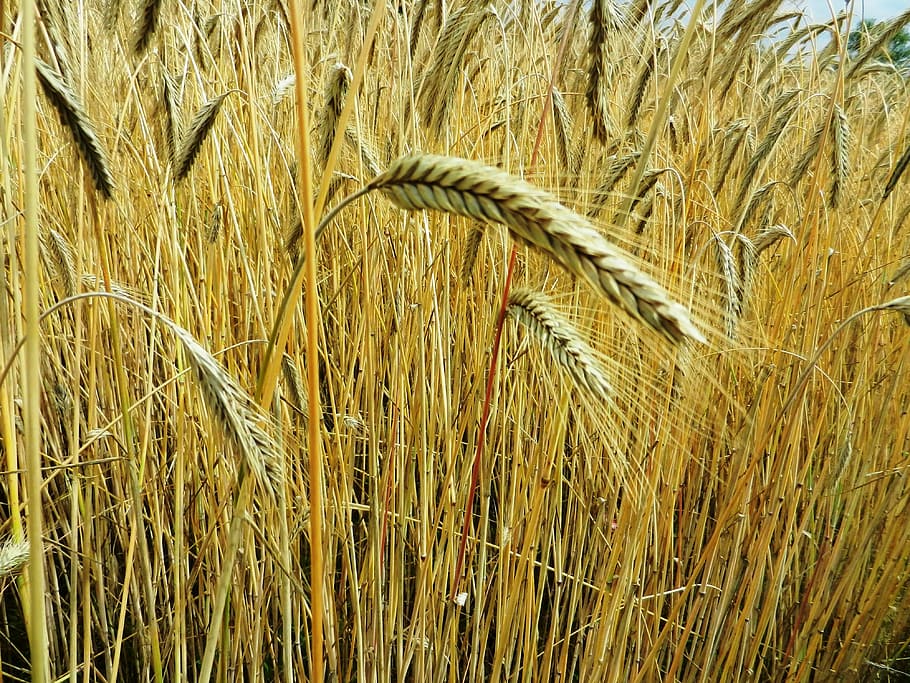By shifting its focus on cultivation and effectively handholding farmers, the country can be among the top-five exporters of agro commodities, according to a report by the World Trade Centre
By shifting its focus on cultivation and effectively handholding farmers, the country can be among the top-five exporters of agro commodities, according to a report by the World Trade Centre.
The report comes at a time when the government has announced some reforms in the farm sector by allowing farmers to sell produce outside the regulated APMC markets, and relaxing the Essential Commodities Act, among others, which can help boost exports.
With an annual agro exports of USD 39 billion in 2019, the country is ranked eighth, after the EU (USD 181 billion), the US (USD 172 billion), Brazil (USD 93 billion), China (USD 83 billion), Canada (USD 69 billion), Indonesia (USD 46 billion) and Thailand (USD 44 billion), the WTC report said quoting the 2019 WTO data.
“Through focused intervention in capacity-building, we can enhance our agro exports to surpass Thailand and Indonesia, and become the fifth-largest exporter in the world,” according to the report.
To attain this, as a first step, the study said, the government should re-orient the role of its extension centres — the 715 krishi vigyan kendras across the country — to handhold farmers in growing those varieties of crops that have demand in the global markets.
Many a time, Indian consignments are rejected because of the presence of pesticides above the prescribed maximum residual limits, the study noted and said “krishi vigyan kendras should guide farmers on prudential use of pesticides and other chemicals so that they conform to the global quality standards”.
“Having attained self-sufficiency in agriculture, we need to re-orient our extension services system, which was developed in the days of the green revolution that focused on attaining self-sufficiency in farm production,” the report said.
The report added that it is time we move towards growing quality food for the global markets rather than quantity.
One key focus area could be cultivating horticulture crops that conform to the quality, colour, shape and chemical contents acceptable in foreign countries or which are fit for further processing.
Despite being the second-largest producer of fruits and vegetables, India’s share in global exports is under 1.8%. In spite of being the largest producer of papayas, lemons and limes, we meet hardly 3.2% of the world papaya demand, 0.5% for lemons and limes, according to data from the Food and Agriculture Organization.
In the past decade, India made remarkable progress in exports of niche items like capsicum chilly, castor oil, tobacco extracts and sweet biscuits, apart from basmati rice, meat and marine products.
Source: https://bit.ly/2EERfcD





